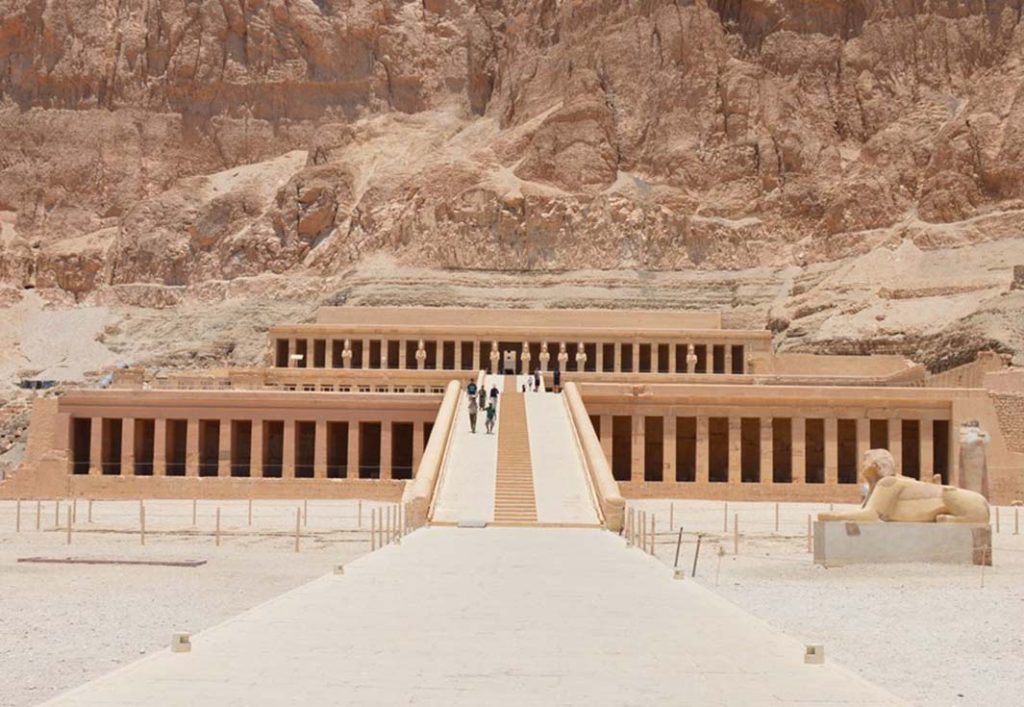This enchanting country, with its rich history, stunning landscapes, and diverse culture, has left a lasting impression on me. Among the various modes of transportation available, traveling by train in Afghanistan offers a unique and immersive experience like no other. I will take you on a journey through Afghanistan’s diverse regions, exploring the cultural tapestry of this intriguing nation through the scenic train rides.
Tracing the Heritage of Afghan Railways
Afghanistan’s railway system holds a rich history that dates back to the early 20th century. The first railway was established by German engineers during the reign of King Habibullah Khan, connecting Kabul to Darulaman. Despite challenges and conflicts over the years, Afghanistan has continued to develop and expand its railway network, providing an alternative and picturesque way to explore the country.
Kabul–Mazar-e-Sharif Railway: A Scenic Odyssey
One of the most captivating train journeys in Afghanistan is the Kabul–Mazar-e-Sharif railway. Covering approximately 300 miles, this route offers a mesmerizing view of the country’s diverse landscapes, from arid plains to towering mountains. The journey takes travelers through small villages and bustling towns, providing a glimpse into the daily lives of the Afghan people.

Immersing in Local Culture and Traditions
Traveling by train in Afghanistan offers unique opportunities to immerse oneself in the local culture and traditions. Engaging with fellow passengers and sharing stories over a cup of traditional Afghan tea fosters a sense of camaraderie. From exchanging greetings in Dari or Pashto to trying local delicacies offered by vendors at the stations, every moment on the train becomes a cultural experience in itself.
Embracing Afghan Hospitality
Afghanistan is known for its warm hospitality, and this is evident in the interactions with the locals during the train journey. The friendly smiles and curious conversations with fellow passengers give travelers an insight into the genuine warmth of Afghan people. Sharing laughter and stories create lasting memories of human connection and bridge cultural gaps.
Discovering Hidden Gems Along the Tracks
The beauty of train travel in Afghanistan lies in the opportunity to discover hidden gems along the railway route. The train passes through lesser-known towns and regions, offering a glimpse into authentic Afghan life beyond the usual tourist attractions. From ancient archaeological sites to vibrant bazaars, each stop along the way presents a new facet of Afghan culture waiting to be explored.

Experiencing the Melodies of Afghanistan
A delightful aspect of train travel in Afghanistan is the occasional performances of traditional music by local artists. Passengers are treated to impromptu displays of Afghan art and culture, adding an extra layer of charm to the journey. The melodious tunes of traditional instruments create an enchanting ambiance on board.
Navigating Challenges and Ensuring Safety
While traveling by train in Afghanistan is a rewarding experience, it is essential to be aware of potential challenges and safety considerations. Due to the country’s security situation, staying informed about travel advisories and following the guidance of local authorities and railway staff is crucial for a safe journey.
Traveling by train in Afghanistan offers an unparalleled opportunity to connect with the heart and soul of this remarkable nation. The Kabul–Mazar-e-Sharif railway, with its stunning vistas and cultural encounters, provides a captivating adventure for adventurous travelers. From the warmth of the locals to the discovery of hidden gems along the tracks, every moment on the train becomes a cherished memory. I encourage fellow explorers to embark on this extraordinary journey and experience the rich tapestry of Afghan culture that unfolds through the rhythmic wheels of the train. All aboard for an unforgettable adventure in Afghanistan!



